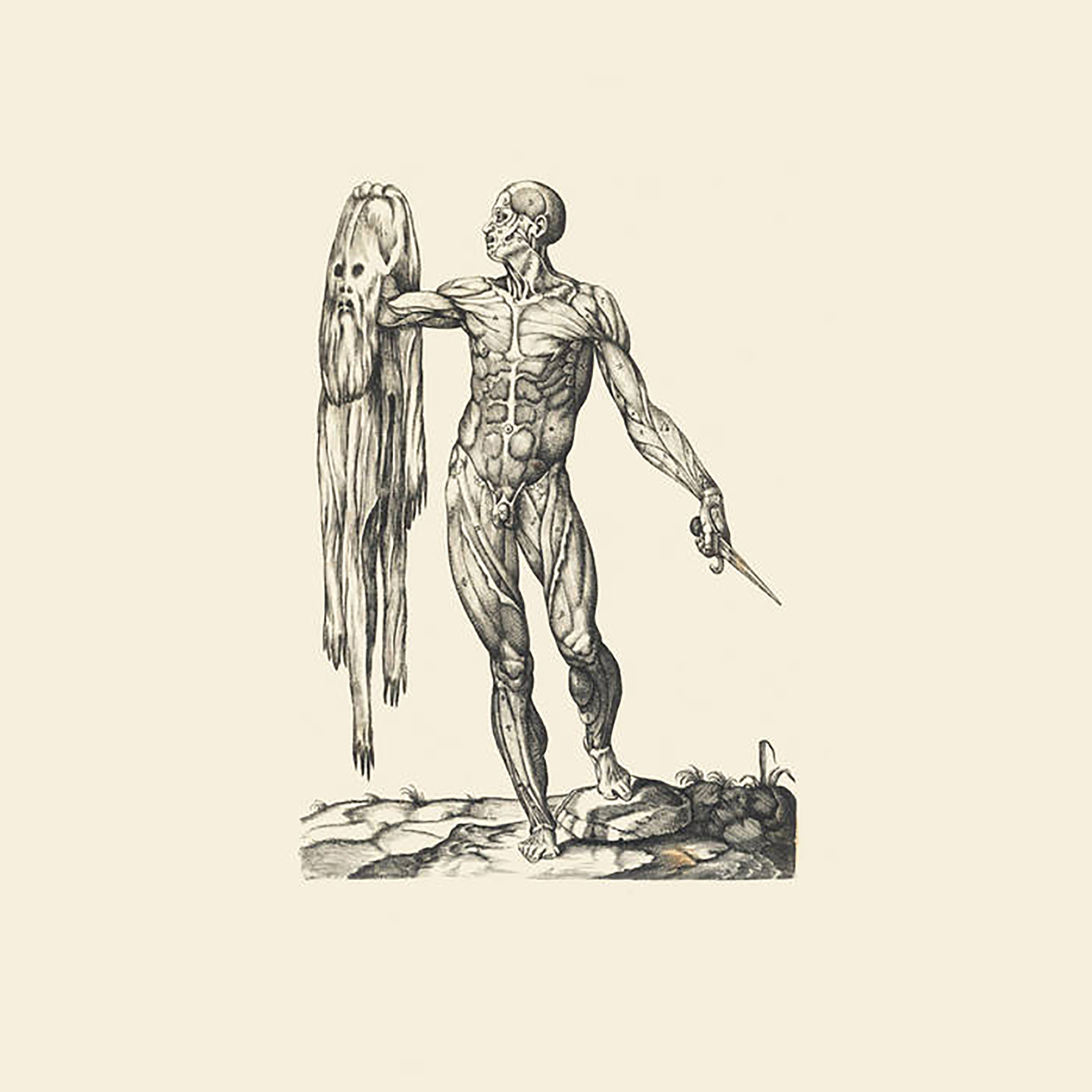 One of the many surprises of the last few years has been the current pipe organ renaissance unfolding in the experimental music world (your days are numbered, modular synths!). Thankfully, we still seem to be in the honeymoon phase of that phenomenon, as the vanguard of Kali Malone, Sarah Davachi, and Lawrence English are all fairly consistent in exclusively releasing strong and/or interesting albums. This latest release is English's second (after last year's Lassitude) to focus entirely upon pieces composed on an 19th century organ housed in Brisbane's The Old Museum. This is a very different album than its predecessor, however, as Lassitude was comprised of homages to Éliane Radigue and Phill Niblock. On Observation of Breath, English instead derives conceptual inspiration from Charlemagne Palestine's "maximal minimalism" as well as the mechanics of breathing (quite relevant when pipe organs are involved). There is one more favorable similarity to Lassitude, however, as this album also features one stone-cold masterpiece that spans an entire side of vinyl.
One of the many surprises of the last few years has been the current pipe organ renaissance unfolding in the experimental music world (your days are numbered, modular synths!). Thankfully, we still seem to be in the honeymoon phase of that phenomenon, as the vanguard of Kali Malone, Sarah Davachi, and Lawrence English are all fairly consistent in exclusively releasing strong and/or interesting albums. This latest release is English's second (after last year's Lassitude) to focus entirely upon pieces composed on an 19th century organ housed in Brisbane's The Old Museum. This is a very different album than its predecessor, however, as Lassitude was comprised of homages to Éliane Radigue and Phill Niblock. On Observation of Breath, English instead derives conceptual inspiration from Charlemagne Palestine's "maximal minimalism" as well as the mechanics of breathing (quite relevant when pipe organs are involved). There is one more favorable similarity to Lassitude, however, as this album also features one stone-cold masterpiece that spans an entire side of vinyl.
As English amusingly notes in his album description, Observation of Breath was composed and recording during a soft lockdown in which he "spent many days playing to an empty concert hall." He also states that he considers these four pieces a collaboration between himself and the pipe organ, which is not intended a mere nicety, as he viewed their interaction similarly to the mind/body dialogue of breathing (hence the album's title). In essence, English was consciously "breathing" for the pipe organ, as he strove to achieve a compelling balance of power (exhalations stacked in unison) and "elegant uncertainty" (the moments when breath becomes unsteady and fading). Knowing all of that failed to fully prepare me for the harrowing "The Torso" though, as English unleashes deep bass drones augmented with plenty of hiss, industrial ambiance, and nightmarish whine (I especially enjoyed the parts that sounded like a seasick air raid siren). The following "A Binding" is considerably less radical, lying somewhere between "textbook drone done well" and "multiple drones with differing oscillation patterns ingeniously intertwined." To my ears, it is the least strong piece on the album, but I still like it. And I love “And A Twist,” as it feels like a hallucinatory organ mass that keeps tying itself into murky knots of dissonance. Sadly, it clocks in under three minutes, but is easy to imagine an extended version rivaling Catherine Christer Hennix’s The Electric Harpsichord for the crown of "best album that sounds like a vampire on hallucinogens blasting out a sinister solo in his lonely mountaintop castle."
Fortunately, the closing title piece makes a great consolation prize for that missed opportunity. "Observation Of Breath" initially sounds like a viscous fog of dread oozing across a deep sustained drone, but English gradually enhances that with more harmonic color as the piece glacially unfolds. The truly inspired part comes when English begins to "explore the sonic qualities of different frequency spectra," however, as the piece blossoms into an all-enveloping and seismic drone juggernaut that feels like it is tuned to the resonant frequency of the earth (or at least of my apartment walls). As such, the primary appeal of this release for me is that it contains one of the greatest drone pieces ever recorded, but it is a damn strong album as a whole too. English is in peak form here.
Samples may be found here.